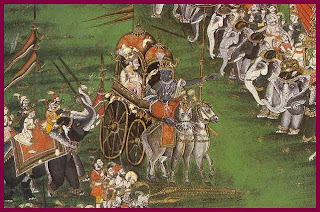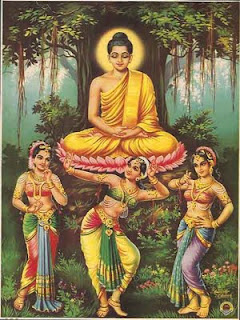Lord Ellenborough (1842-44)
Lord Ellenborough brought the Afghan War to an end and the honour and might of the British were vindicated by a successful expedition to Kabul. His short regime was marked by two high-handed acts of injustice, namely, the annexation of Sindh and the coercion of Sindhia into a humiliating treaty. On account of his defiance of the orders of the court of directors of the East India Company, he was recalled in 1848.


